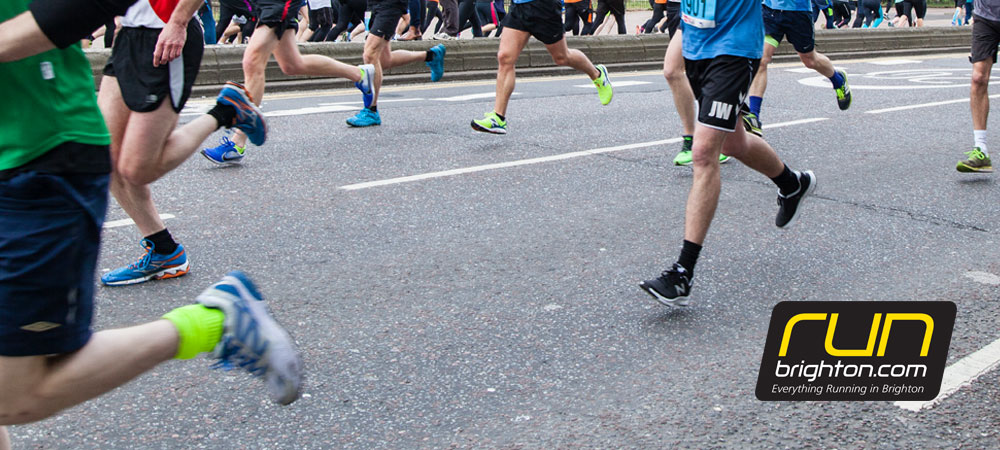Article by BHM
June 6, 2021 at 2:30 pm
All news | Brighton Half Marathon 2021
Tags: Brighton Half Marathon 2021, half marathon training
Taper tactics

Mike Bannister, founder of our training partner RunBrighton, explains the taper and why it’s important at the end of a half-marathon training programme.
Tapering your training is typically done over the couple of weeks preceding race day.
It refers to the gradual reduction of your overall weekly mileage (or time on feet), rather than reduction in speed.
Throughout the weeks or months prior to race day, you will hopefully have gradually progressed, in terms of your weekly mileage (or time on feet), and will have been training fairly consistently. With your total volume of training peaking with about a fortnight to go, you should have got used to such a level of training, to the extent that your body is expecting to continue to train at that level.
It is when you have got used to this training that bringing it down will enable aches, pains and tightness to go away. And the additional rest that you factor in will allow your body to properly recover and store the invaluable energy required for optimum race performance.
As long as you have trained properly and consistently, winding down your training on approach to race day won’t cause you to lose any of the endurance that you have developed.
Continue with speedwork
As regards your midweek speed work, this can continue through to race week, as stopping this too soon will reduce some of the speed in your legs. Just don’t overdo it in the last few days and unnecessarily risk injury.
By race day, having reduced your training, as well as having continued to consume a healthy and balanced diet, you should find yourself in tiptop condition on the start line, well rested, with heaps of energy, and fully ready to perform.



